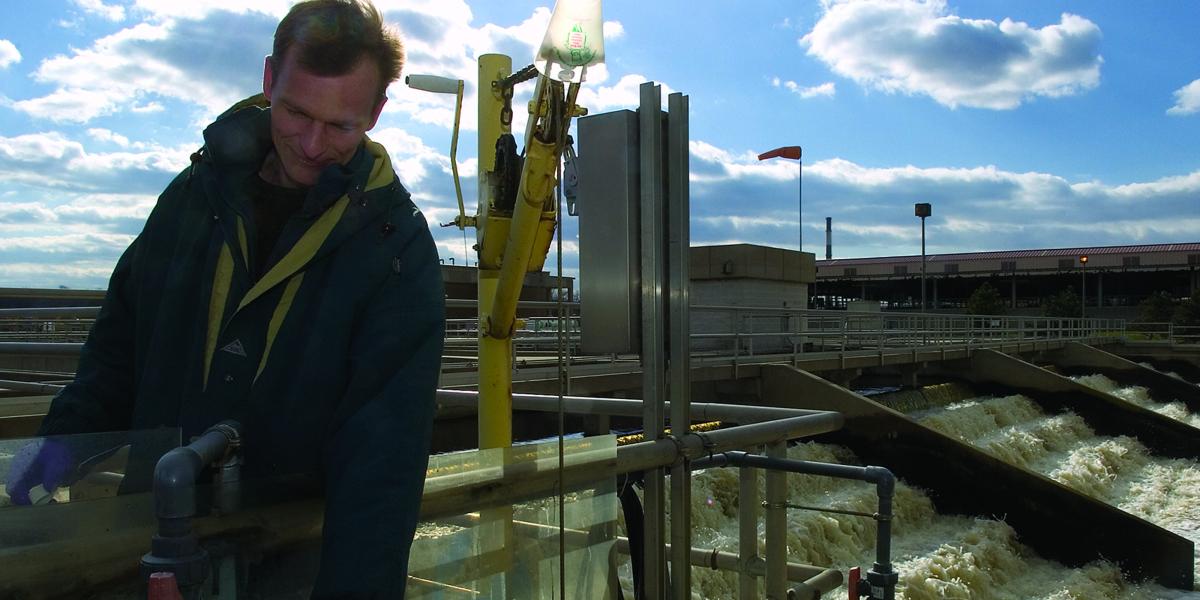Cleaning Up Our Act
What happens to long-lasting chemicals used in household products when their useful lifespan is over?
While it only takes a few seconds to wash your hands, the soap that rinses down the drain can contaminate the environment for years to come, according to new studies by Rolf Halden, PhD, PE, an assistant professor of Environmental Health Sciences, and graduate student Daniel H. Paull.
For decades now, many soaps and cleaning products have contained a germicidal toxic chemical called 3,4,4’-trichlorocarbanilide, or triclocarban. “The chemical was made to kill microbes; however, there is some evidence that it may be doing too good a job,” says Halden, a co-founder of the Johns Hopkins University Center for Water and Health.
Although nearly 1 million pounds of triclocarban are produced each year, no one has really studied how much of the chemical is detectable in the environment. Halden recently published in Environmental Science & Technologythe first two peer-reviewed environmental studies on triclocarban in the United States. His conclusion: The overlooked pollutant is contaminating water resources nationwide.
Working with Paull, a graduate student of chemistry, Halden developed a liquid chromatography electrospray ionization mass spectrometry (LC/ESI/MS) method, which found small amounts of triclocarban in water samples from every single stream tested in Baltimore. The duo detected concentrations up to 28-fold higher than levels previously reported by the industry to the U.S. Environmental Protection Agency.
And the bad news doesn’t stop at Maryland’s borders. Halden and Paull had noted that the occurrence of triclocarban was correlated with that of triclosan, another commonly used antimicrobial compound. Using an empirical model and published triclosan occurrences, the researchers were able to predict triclocarban concentrations for 85 U.S. streams. Results suggest that triclocarban was present in 60 percent of the surface waters investigated. The finding puts triclocarban in the top 10 most frequently detected contaminants, among 96 organic wastewater pollutants.
The team’s discoveries have triggered a whole new line of research. To confirm their U.S. predictions, Halden’s research group has launched a nationwide study on pharmaceuticals and personal care products in the environment. One goal: to link triclocarban exposure levels to gene expression alterations that might signal later health problems.
Halden believes triclocarban contamination is only a symptom of a larger problem: what happens to long-lasting chemicals used in household products when their useful lifespan is over? Few of the more than 70,000 chemicals used in commerce have undergone rigorous testing for potential health effects, says Halden. “It’s an ongoing experiment where we, the consumers, represent both the culprit and the guinea pig.”
